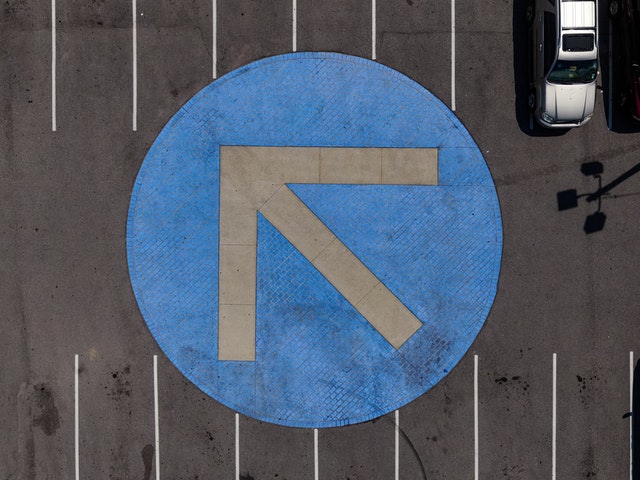Potholes form in almost every parking lot at some point — it could be due to aging, harsh weather, or the Parking lot being poorly paved in the first place. Repairing these potholes fast and correctly is critical to preventing future deterioration of the parking lot.
Can’t you simply fill in the pothole in the parking lot with new asphalt? This is only a temporary fix, and the pothole will almost likely reappear. Here are a few steps that must be taken to repair a pothole the right way:
Clean it
The first step is to use shovels and rakes to remove tiny bits of stone, asphalt, and other debris from the pothole. The fine materials can then be sandblasted away. This cleanup ensures that the adhesive used will firmly bond the filler to the parking lot and that the filler will not simply break apart soon.
Measure it
Next, the pothole’s depth and length must be measured. This provides a reasonable estimate of how much material will be required for the pothole repair.
Repairing cracks
A backer rod is commonly used in cracks to conserve sealant. The rod simply supports the structure, allowing you to use less asphalt to fill in the crack. The backer rod should have a melting temperature higher than the asphalt used to fill the crack.
Filling in the crack
After cleaning and preparing the crack, it should be sealed with liquid asphalt. Depending on the size of the crack, the filler can be poured using a variety of devices. The filler should fill the crack from top to bottom but be about a ¼ to ⅛ of an inch lower than the crack’s surface. Filling in the crack completely prevents air pockets from developing and weakening the surface.
Patching a large pothole & the parking lot
 When it comes to filling a large pothole, you have two options: a quick repair or a full repair.
When it comes to filling a large pothole, you have two options: a quick repair or a full repair.
A quick pothole repair is a surface-level patch that is usually only temporary. The pothole is filled with asphalt, and the surface is leveled. This prevents future surface damage, but it will not last long.
A full pothole repair is a far more time- and effort-intensive process. Before the patching can begin, the entire surface area must be stripped. Deep patching involves removing the top 4 inches or more of asphalt to repair the hole. In contrast, full-depth patching involves removing the entire area of pavement and starting from the ground up. Full-depth patching can be used on both concrete and asphalt, whereas deep patching is exclusively used on asphalt.
Full-depth patching may necessitate the removal of the surface beneath the pavement (the sub-base) and drainage. It also requires the use of both repair and excavation tools, as the pavement is excavated (approximately one foot deep or more) and cut out in squares.
A dense, hot-mix asphalt should be used to fill the full-depth patch. Because of traffic compaction, a well-filled full-depth patch will be slightly overfilled.
Is it urgent?
It is critical to act quickly when it comes to fixing cracks and potholes in a parking lot. Once the paved area has deteriorated significantly, it is no longer worth repairing, and it is wiser to strip everything off.
Address
Commonwealth Paving, 136 Outerloop, Louisville, Kentucky 40214
Phone: 502-459-7283, Fax: 502-456-2678
Opening Hours
| Monday | 9:00 AM – 5:00 PM |
| Tuesday | 9:00 AM – 5:00 PM |
| Wednesday | 9:00 AM – 5:00 PM |
| Thursday | 9:00 AM – 5:00 PM |
| Friday | 9:00 AM – 5:00 PM |
| Saturday | Closed |
| Sunday | Closed |







